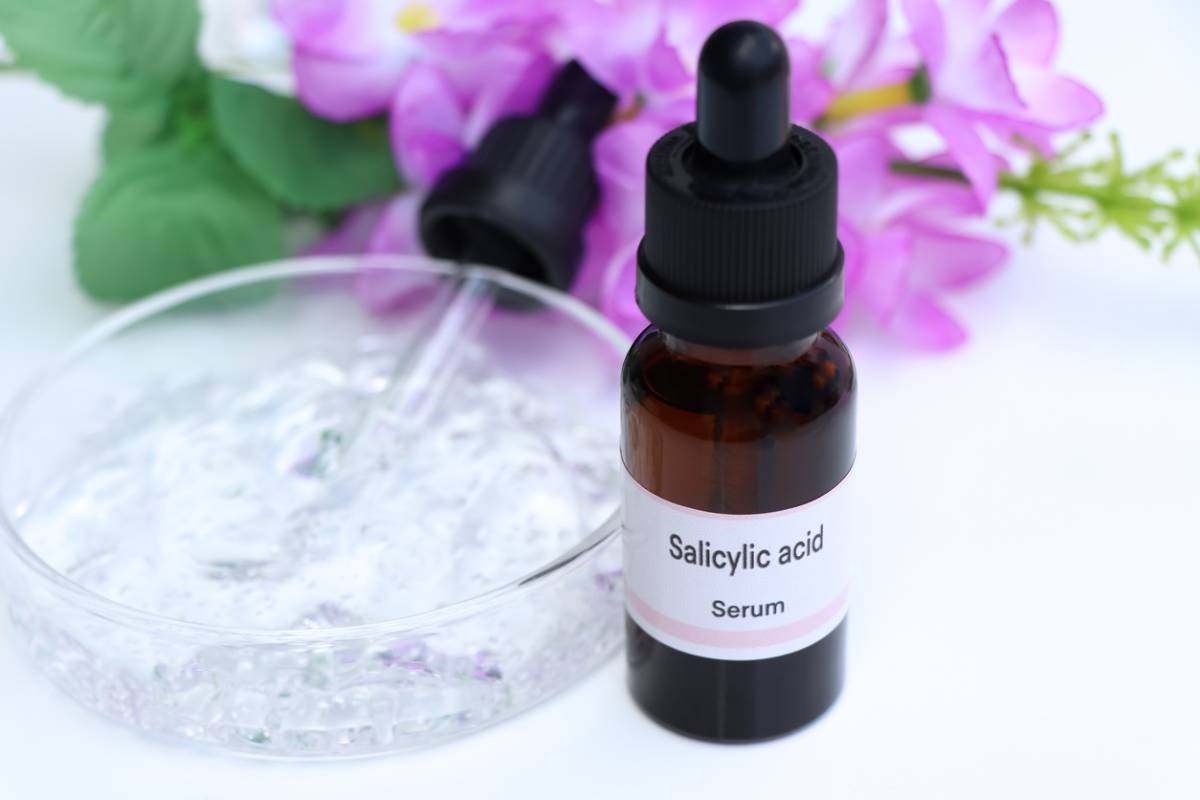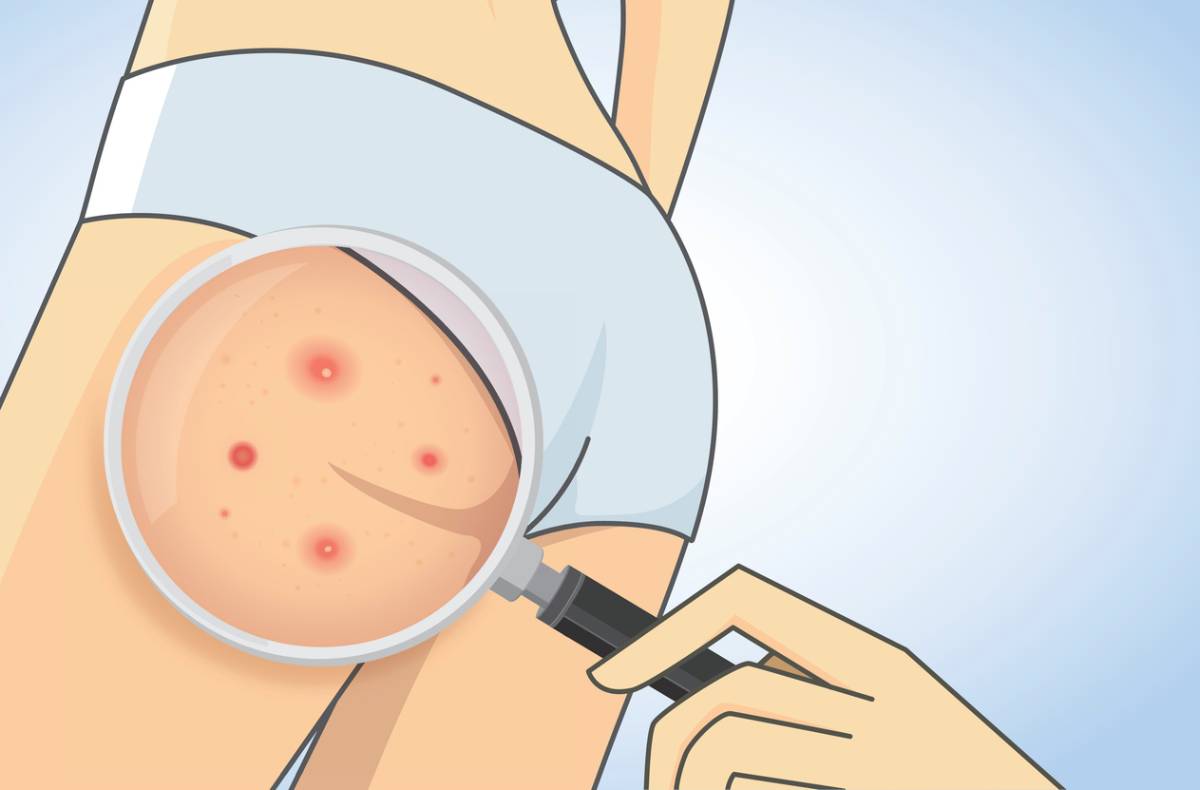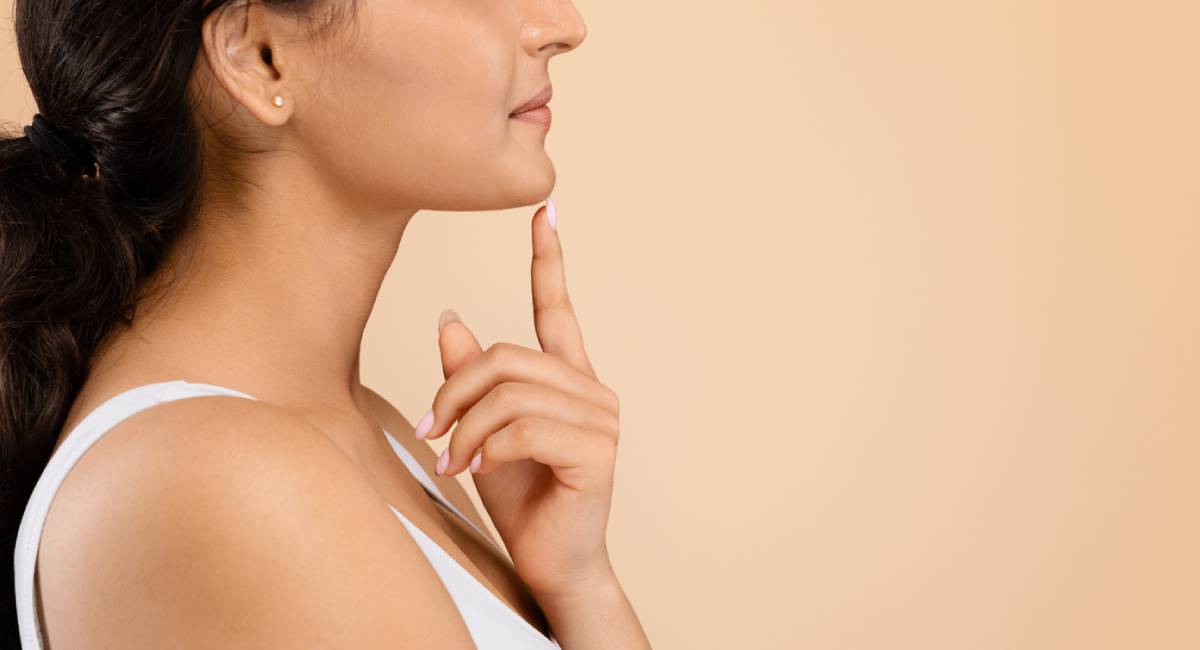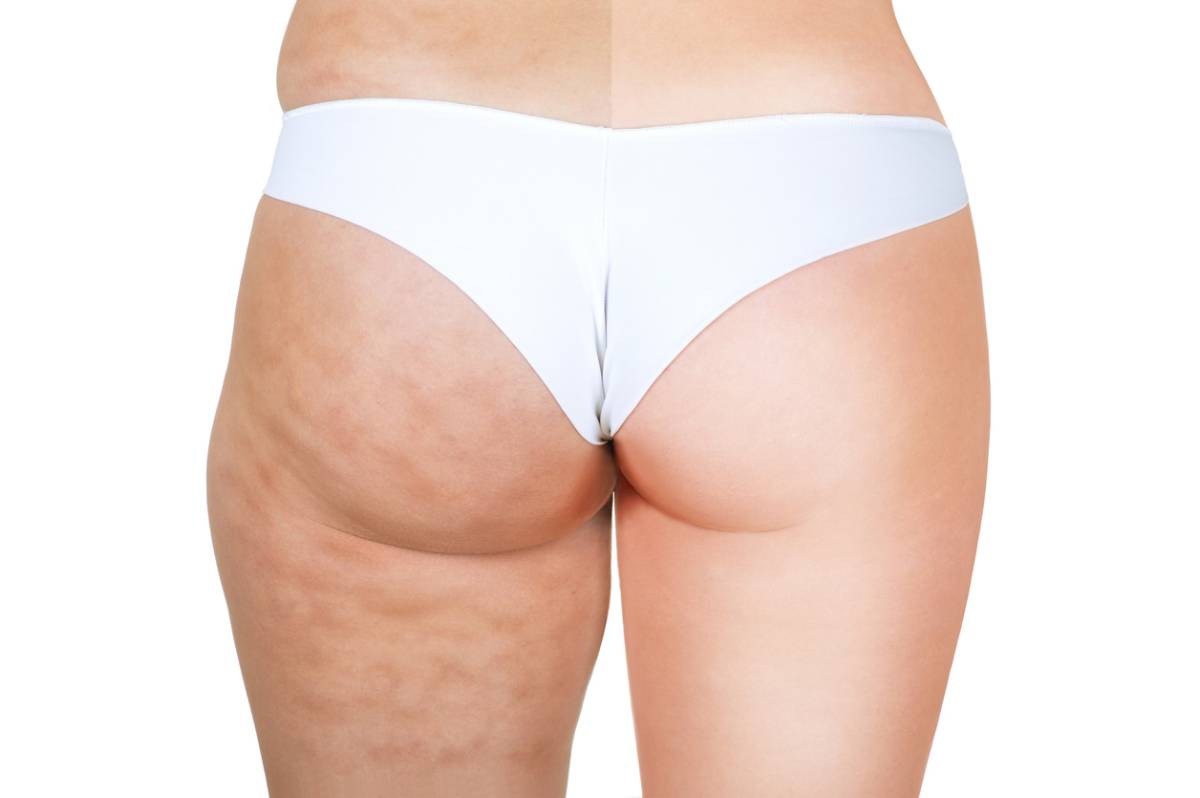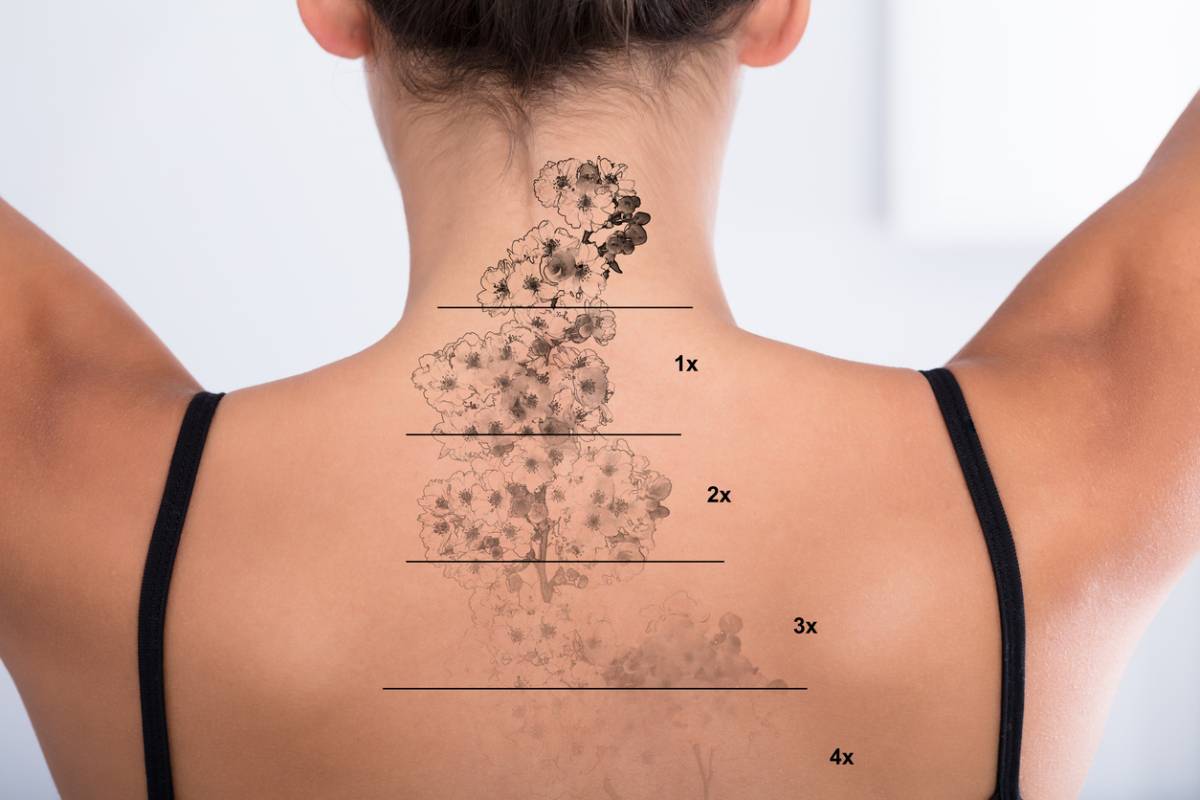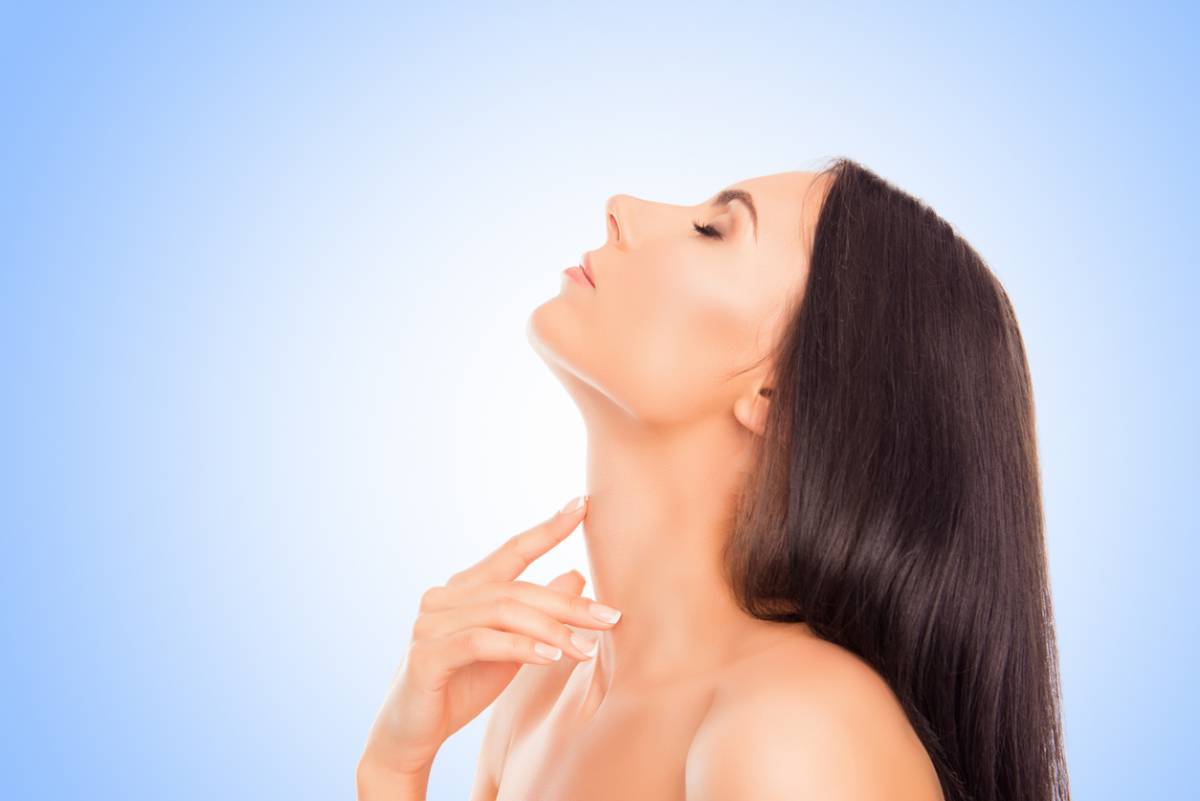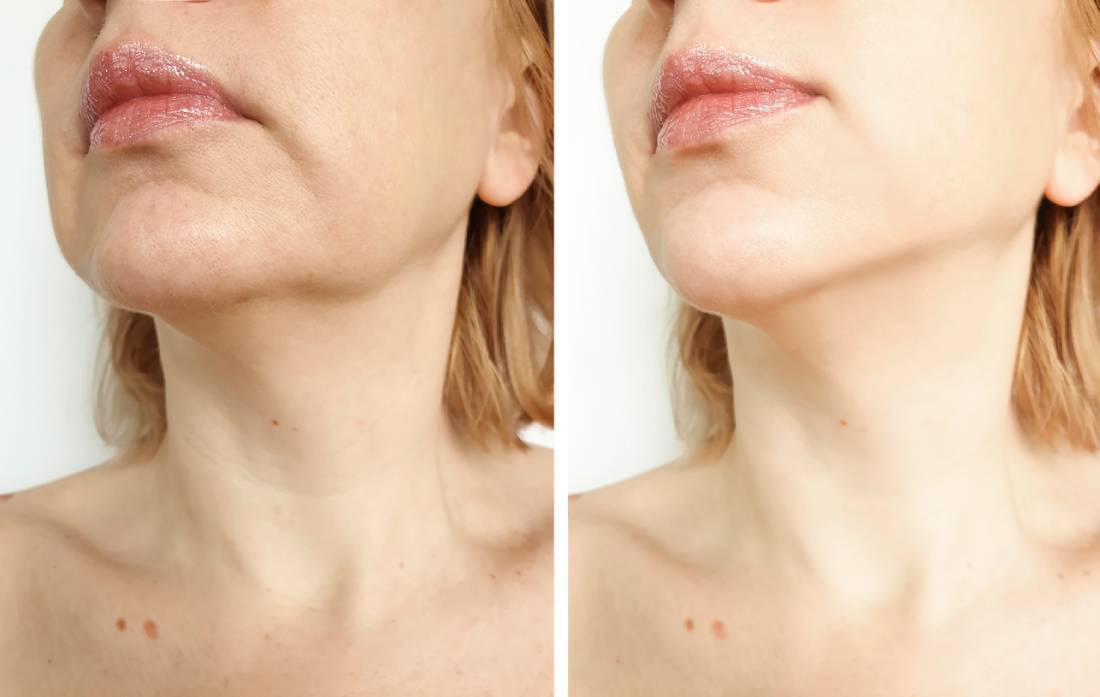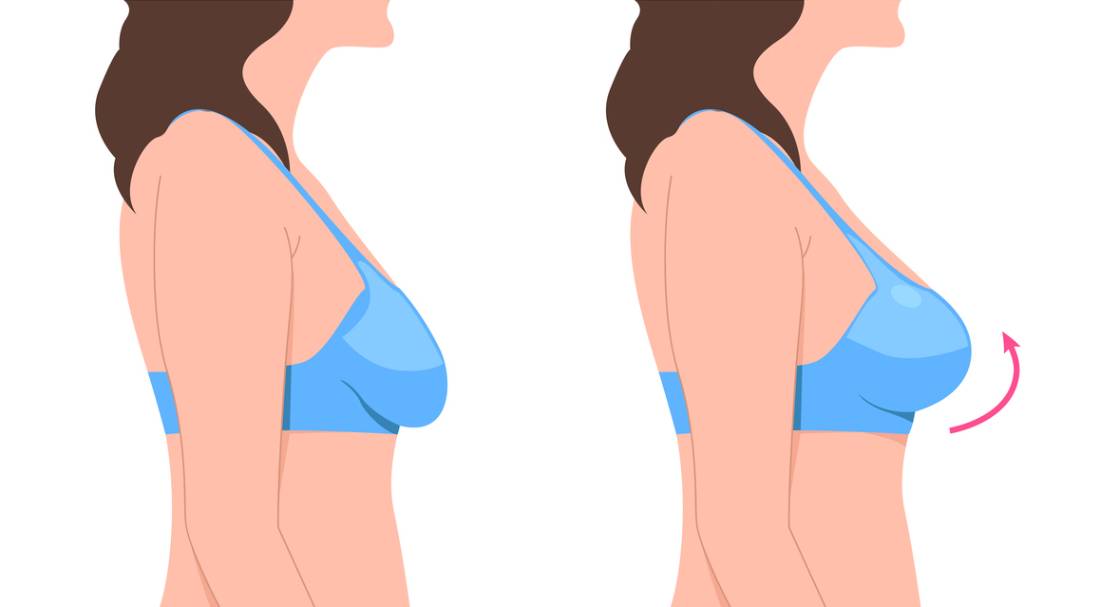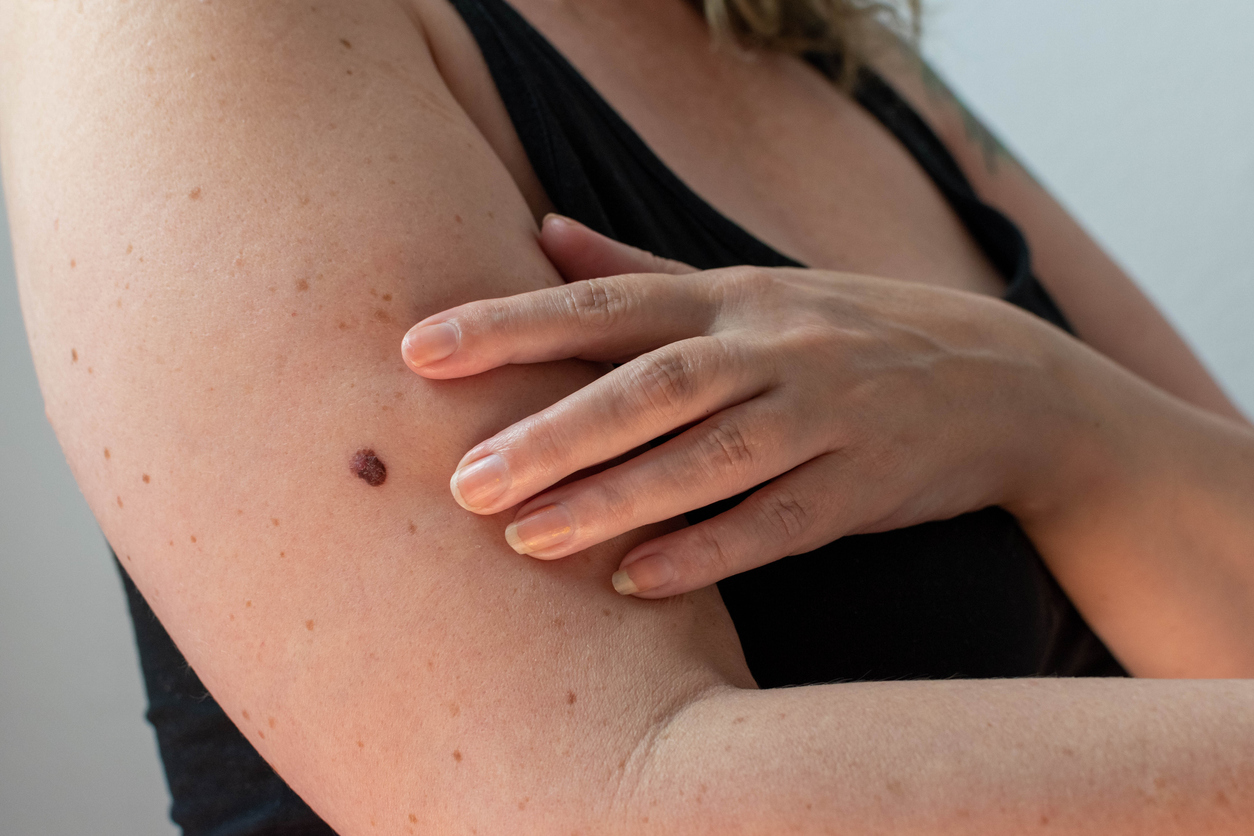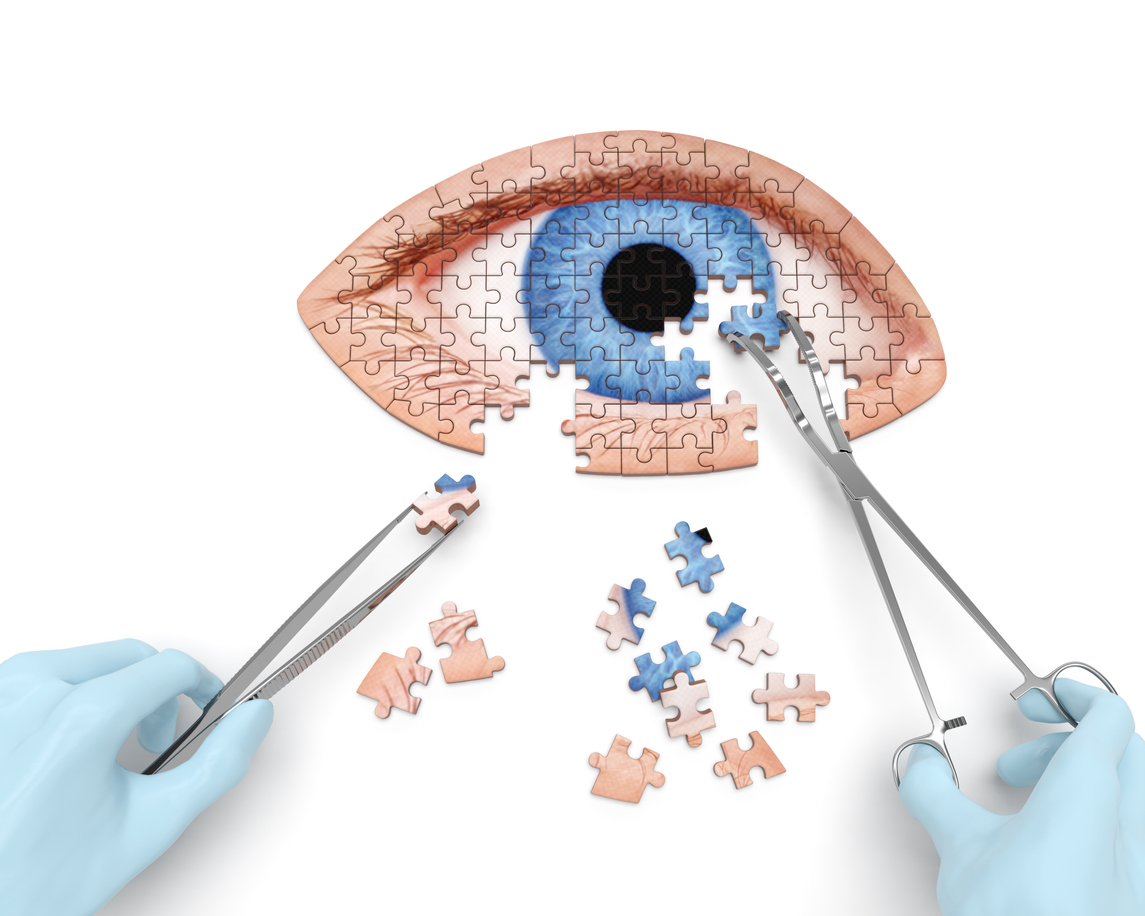3 Most Common Questions About Salicylic Acid
Salicylic acid is one of the most buzzed-about skincare ingredients. No matter whether you are battling stubborn breakouts, congested pores, or blackheads, there is a good chance you have heard of this powerhouse ingredient. Because it can exfoliate the skin, calm inflammation, and promote clearer and more even-toned skin, it is also used to help with acne scar removal. However, with such a popular skincare choice, there is likely to be surrounding confusion. In this article, we will break down the three most common questions asked about salicylic acid.
3 Most Common Questions About Salicylic Acid
1. What Does Salicylic Acid Actually Do for Your Skin?
As a beta hydroxy acid (BHA), salicylic acid works to chemically exfoliate your skin. Physical exfoliants can irritate the skin and cause microtears, but salicylic acid penetrates deep into your pores to dissolve dead skin cells that are held together. By this mechanism of action, pores become unclogged, which helps to prevent and treat acne.
One of the most significant advantages is that it is oil-soluble, allowing it to penetrate deeply into oily skin. This quality makes it highly useful for oily, combination, or acne-prone skin types.
Here is a list of things salicylic acid can positively affect:
- Clearing acne, blackheads, and whiteheads
- Minimizing the appearance of pores
- Smoothing rough or bumpy skin
- Reducing redness and inflammation
- Preventing future breakouts
Just from the list above, it’s clear that salicylic acid is a powerful multitasker. That being said, be cautious not to overuse salicylic acid, as excessive use can cause dryness and irritation.
2. How Often Should You Use Salicylic Acid?
The frequency of use can depend on your skin type and the specific product you’re using. For most people, once a day or even every other day is more than enough. If you have oily or acne-prone skin, you may be able to tolerate it more often on your skin, while those with drier or sensitive skin types may need it only 2-3 times a week.
There are different kinds of salicylic acid you can choose from:
- Cleansers: If paired with a mild moisturizer, these are great for daily use. Cleansers are more gentle because they are rinsed off quickly.
- Toners and serums: When left on the skin, these products can penetrate the skin barrier more deeply. To start, it is best to use them only a few times a week.
- Spot treatments: These contain higher concentrations and are directly applied to acne spots and blemishes; use them carefully.
- Peels or masks: Containing even higher doses, these are better suited for a deep clean, applied about once a week.
When experimenting with different kinds of products, pay attention to your skin’s reaction. If your skin appears too dry, red, or flaky, it may need a break from harsh products.
Do not forget to apply sunscreen during the day! Exposing your skin to more potent chemicals increases the skin’s sensitivity to UV rays, which makes it increasingly important to protect yourself from the sun.
3. Can Anyone Use Salicylic Acid, or Are There Exceptions?
While salicylic acid is generally safe and effective, it may not be for everyone.
Here are some reasons to either avoid or use salicylic acid with caution:
- You have very dry or sensitive skin: Salicylic acid can irritate, especially if used at a higher strength or with more penetrative products.
- You are allergic to aspirin: Believe it or not, salicylic acid is chemically similar to aspirin and can trigger a reaction.
- You are pregnant or breastfeeding: Always consult your doctor to determine whether it is suitable for you to use, even though low concentrations are generally considered safe for topical use.
- You are already using other strong actives: Layering too many strong products or exfoliants, like AHAs or retinoids, can overwhelm your skin.
If you’re unsure how your skin might react, start with a patch test. Even if that goes well, ease into using the product gradually to ensure your skin can tolerate it.
When in Doubt, Talk to a Professional
Salicylic acid has earned its reputation for good reason. However, like all skincare ingredients, it will yield the best results when used in conjunction with your specific skin type and needs. If you are nervous about how to incorporate salicylic acid into your routine because of stubborn breakouts and acne scars, it can help you to consult a professional. Visit our clinic today for a consultation with our cosmetic dermatologist and start a routine that helps you feel your best!
